24 Dec 2024
20 years on, crisis management and mitigation lessons of the tsunami must be learned, Thai Red Cross says
Bangkok — In an age of escalating natural disasters and man-made crises, the Thai Red Cross Society has marked the 20th anniversary of the devastating Indian Ocean tsunami with a commemorative publication recapping its experiences and reminding the public of the need to be ready and prepared at all times.

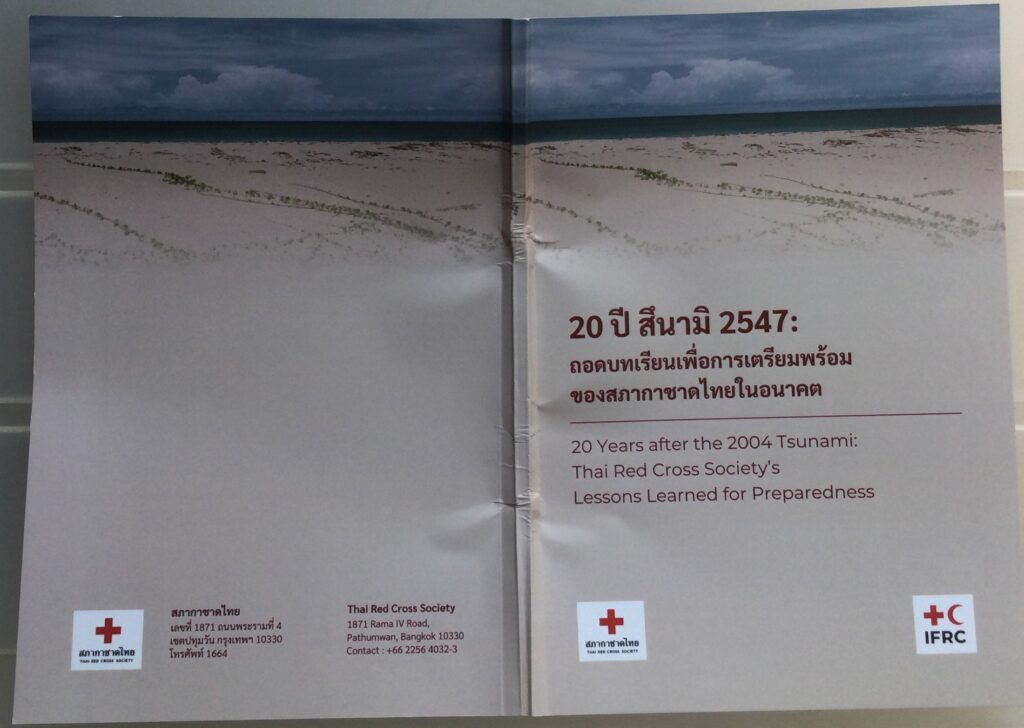
In his introduction to the publication, TRCS Secretary General Mr Tej Bunnag says, “On the occasion of the 20th anniversary of the 2004 Tsunami, it is an opportunity for Thai Red Cross Society to extract lessons learned from the disaster relief operation in order to prepare for future disasters that are becoming more frequent and severe, and they will remind all of us of the urgent need to care for, preserve and mitigate climate change impacts.”
The December 26, 2004, tsunami struck just a few hours after Christmas, triggered by an earthquake measuring 9 on the Richter scale, with an epicenter approximately 240 kilometers west of the island of Sumatra, Indonesia. Within two hours, it devastated coastlines across large parts of Thailand, Indonesia, Myanmar, India, Sri Lanka, Bangladesh, Maldives and Somalia. In Thailand, the provinces affected were Ranong, Phang Nga, Krabi, Trang, Phuket and Satun.
This week, on 26-27 December, the Department of Disaster Prevention and Mitigation, Ministry of Interior, is organising a number of ceremonies, exhibitions and public seminars to recap the events and its aftermath. The key topics to be covered include public health and emergency medicine, disaster warning systems, research and innovation, promoting disaster immunity for all population groups and creating sustainable safe cities.
Representatives of government agencies involved in disaster management, the private sector, educational institutions, civil society organizations, and communities in the affected areas, as well as members of the diplomatic corps and the UN agencies in Bangkok will also visit places affected by the tsunami, including the Tsunami Memorial Park, Ban Nam Khem Community, and the Ban Nam Khem Tsunami Museum.
The Red Cross Society publication was among a large collection of information exhibited by a number of Thai government agencies and UN organisations at an event organised last November 21 at the Ministry of Foreign Affairs. Links and QR codes to access them are included in this post below. They will be of great help to the Asia-Pacific tourism industry in studying the aftermath of the disaster and safeguarding local communities against the next one.
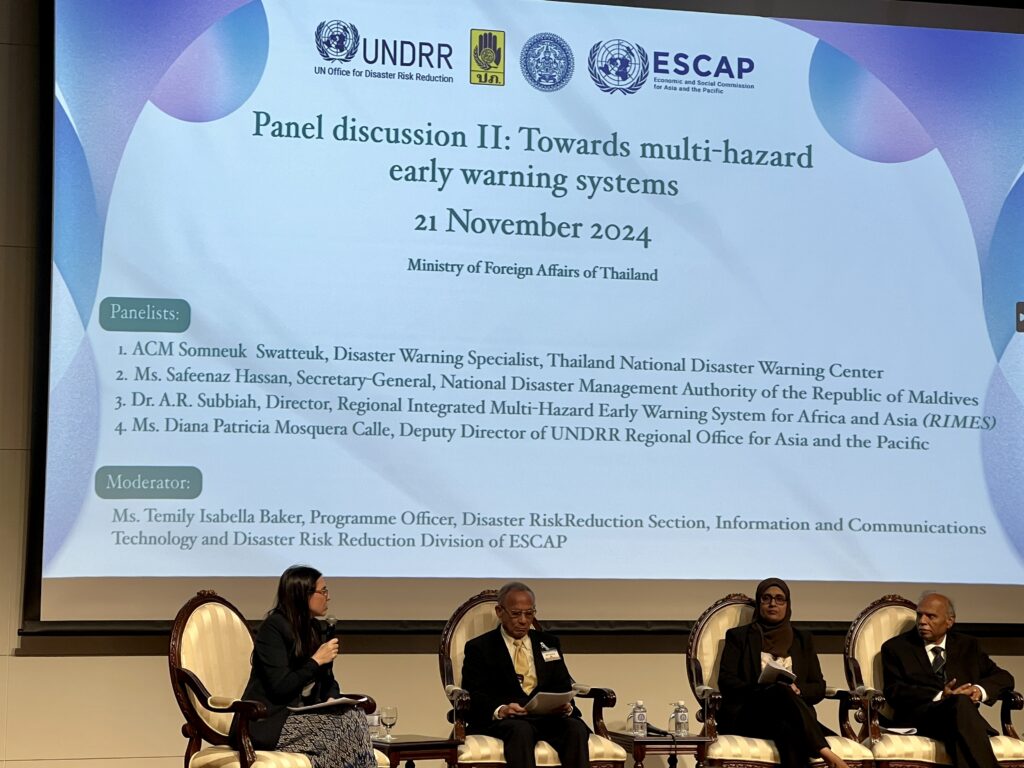

Says Mr Bunnag in the introduction to the Red Cross publication, “Amidst the destruction that was left behind by the tsunami, we also witnessed the outpouring of generosity from people, both domestic and international, who provided tremendous assistance to those affected by this disaster. Thai Red Cross Society was one organization that provided assistance and rehabilitation to the affected community from the very early days of the disaster right up until 2015.”
According to Ms Kathryn Clarkson, Head of the IFRC for Thailand, Cambodia, Laos and Viet Nam, the tsunami remains the IFRC’s largest-ever emergency response and recovery operation since World War II.
She writes, “Two decades on, the frequency, severity and complexity of natural disasters continue to rise due to factors such as climate change and rapid urbanization, bringing unprecedented losses, new and emerging risks as well as changing needs and vulnerabilities. To ensure the preservation of life and alleviation of suffering in our changing context, disaster preparedness is key for reducing the impacts of disasters on local communities and preventing hazards from turning into catastrophic events.”
She says: “The key learnings demonstrate, once again, that meaningful engagement with local communities is paramount for effective assistance. Whether to promote community ownership or to provide contextually appropriate assistance, recognizing and valuing the community as equal partners contributes to building acceptance and trust, and long-term sustainability of assistance.
“Additionally, local actors also emerge as a critical component in driving efficient and timely assistance. With extensive reach and presence within communities before, during and after crises, local actors, such as Red Cross and Red Crescent societies, are best placed to provide immediate response and ensure its linkage with longer term resilience building, preparedness and recovery. This highlights a need for greater investment in strengthening local capacities as well as the relevant structures and mechanisms to enable local actors to deliver life-saving services.”
She says that technology and digital transformation help to ensure the right tools and systems are in place to improve the relevance, speed, quality, accessibility and resilience of humanitarian services to people in need, including facilitating early warning for all, accurate forecasting as well as widespread awareness on disaster risk management.
Ms Clarkson concludes, “Lastly, I extend my appreciation to TRCS, for the exemplary spirit of humanity they showed in responding to this disaster 20 years ago, as well as to their staff and volunteers who continue to demonstrate this spirit of humanity every day. May the collective wisdom and key recommendations proposed in this article guide preparedness for more effective response and recovery. Despite our changing context, we must make the necessary changes to continue to save lives.”
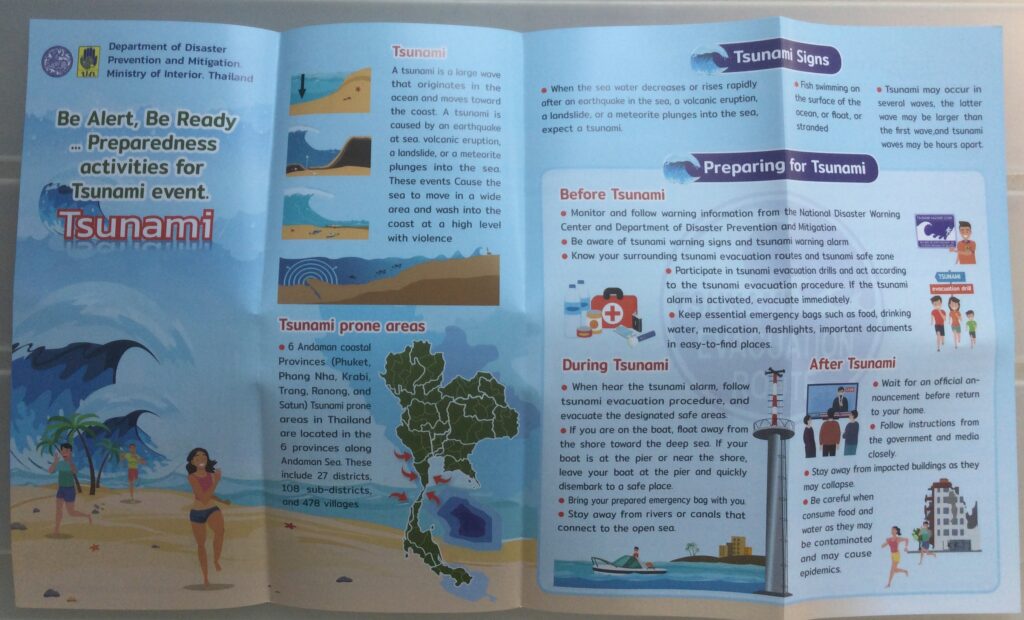
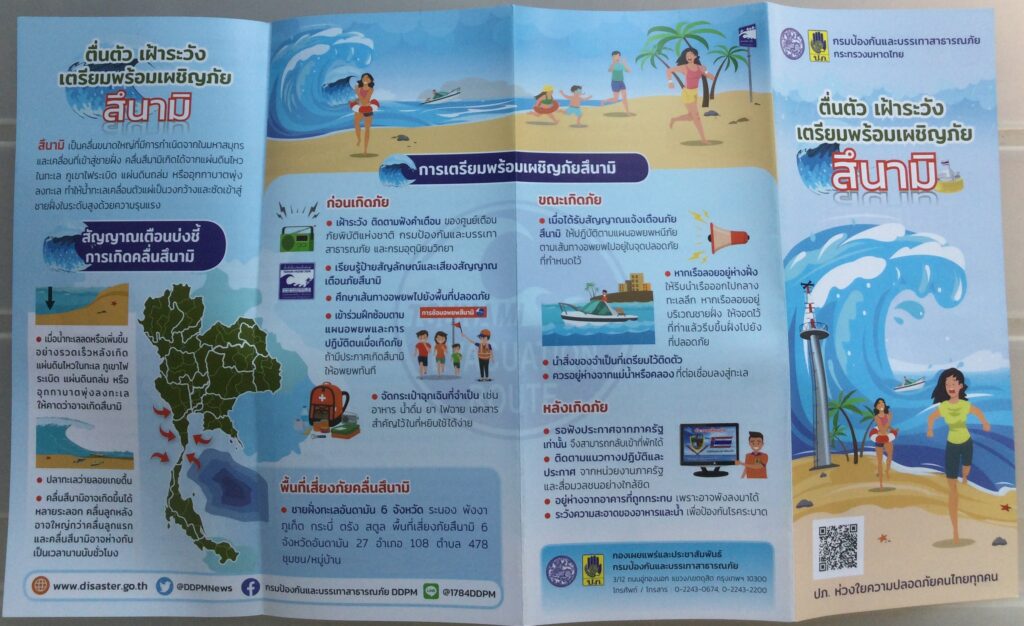
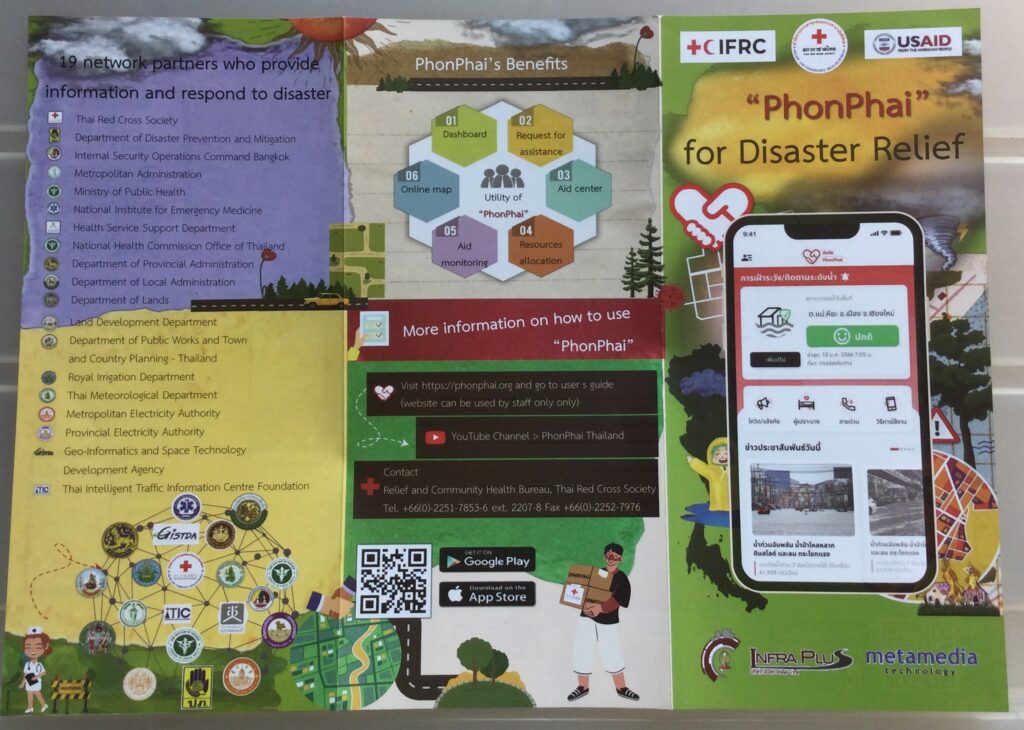
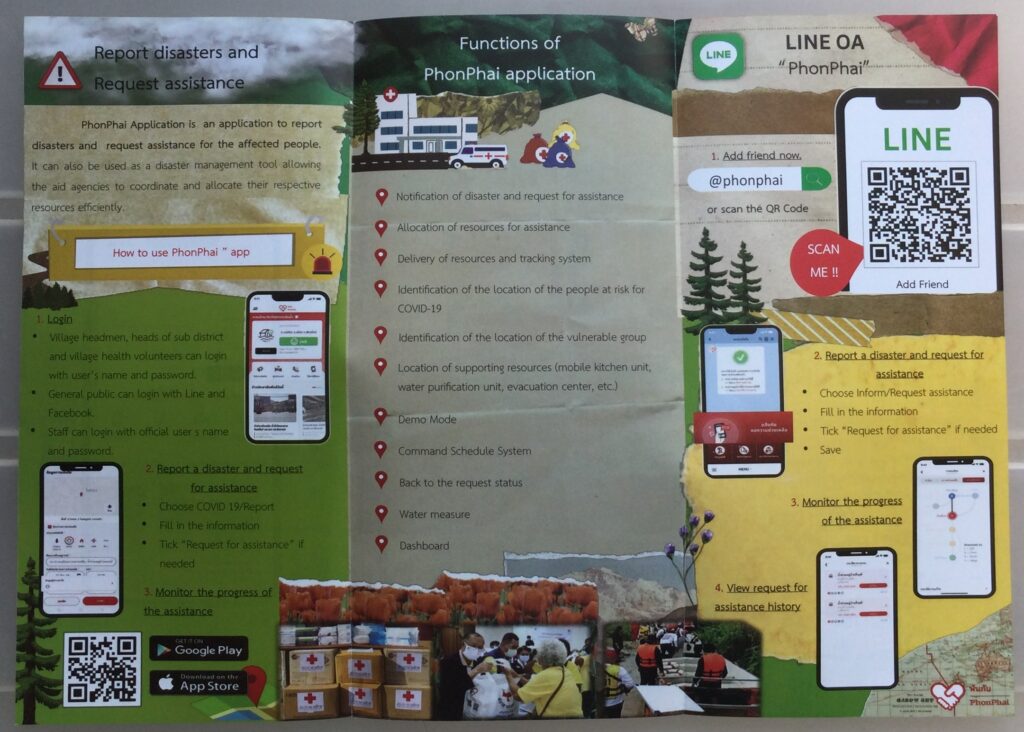

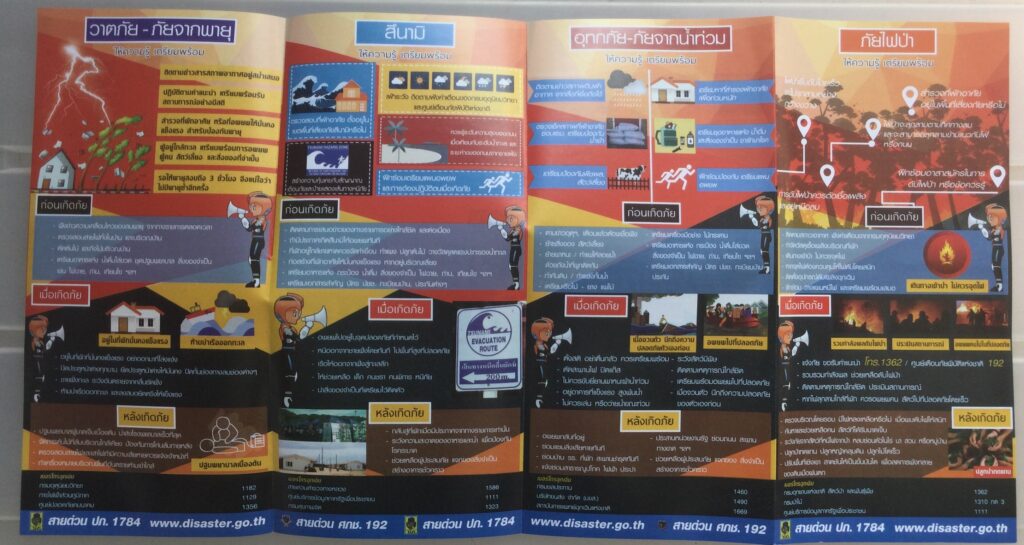


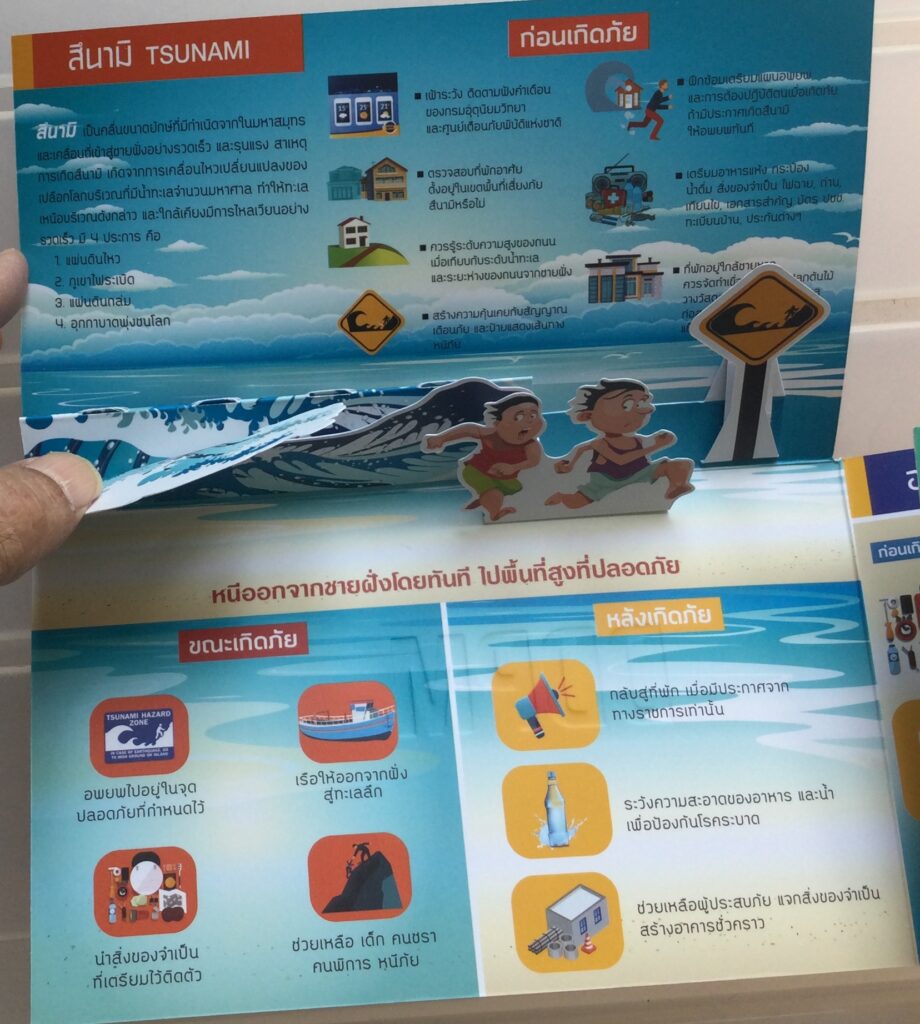

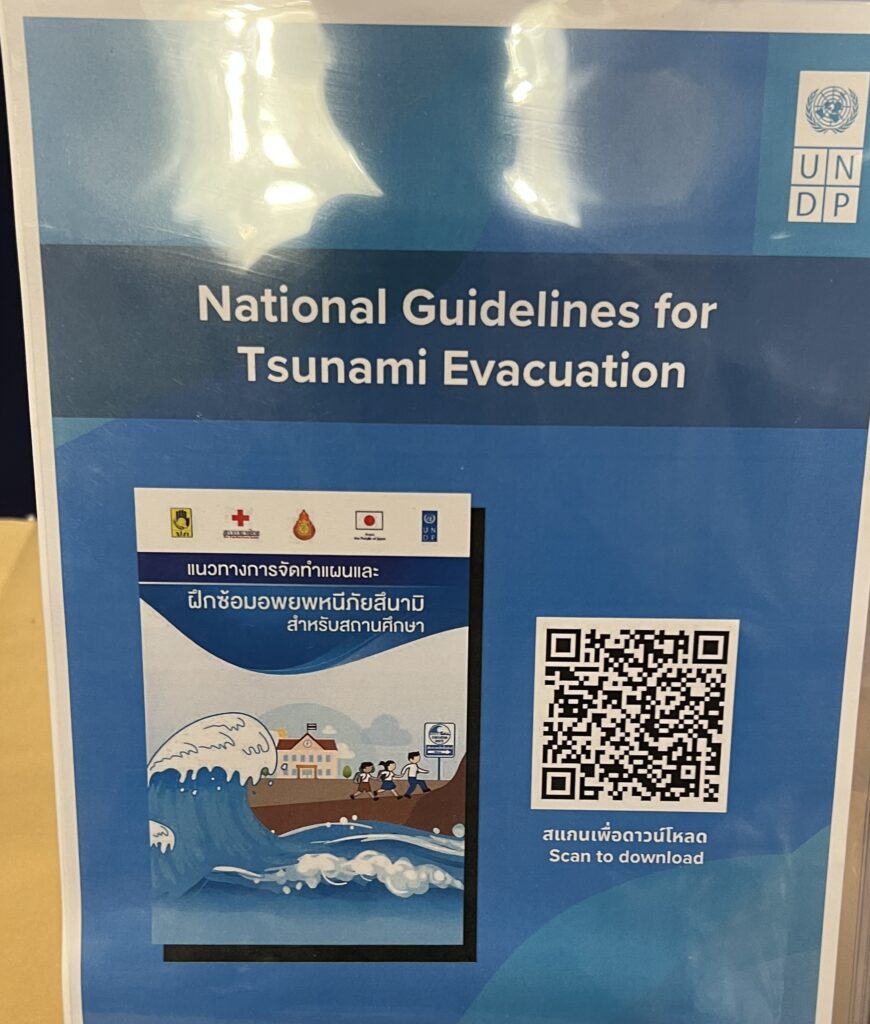



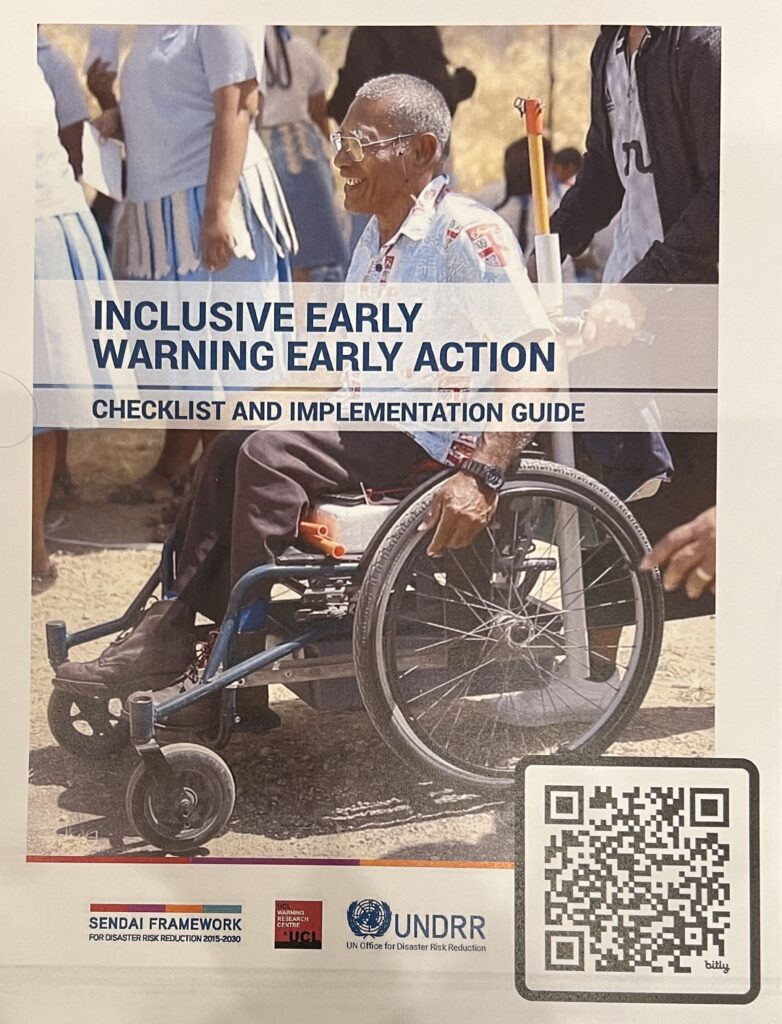


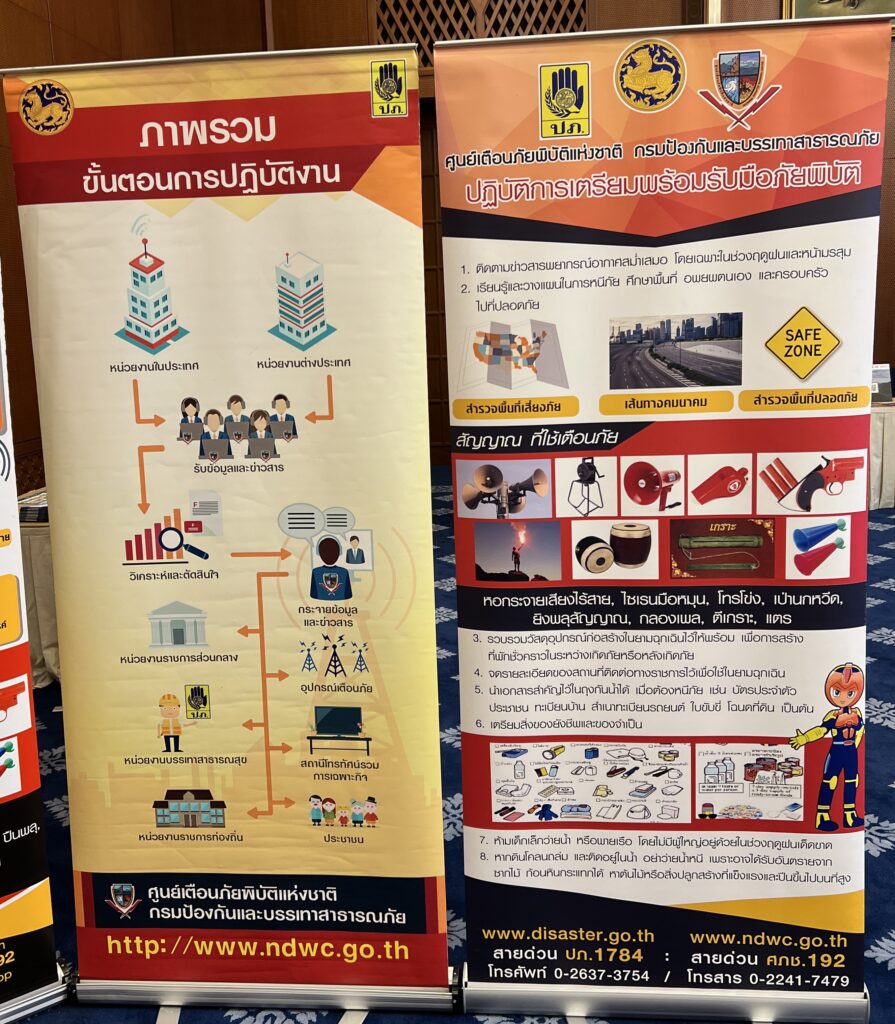
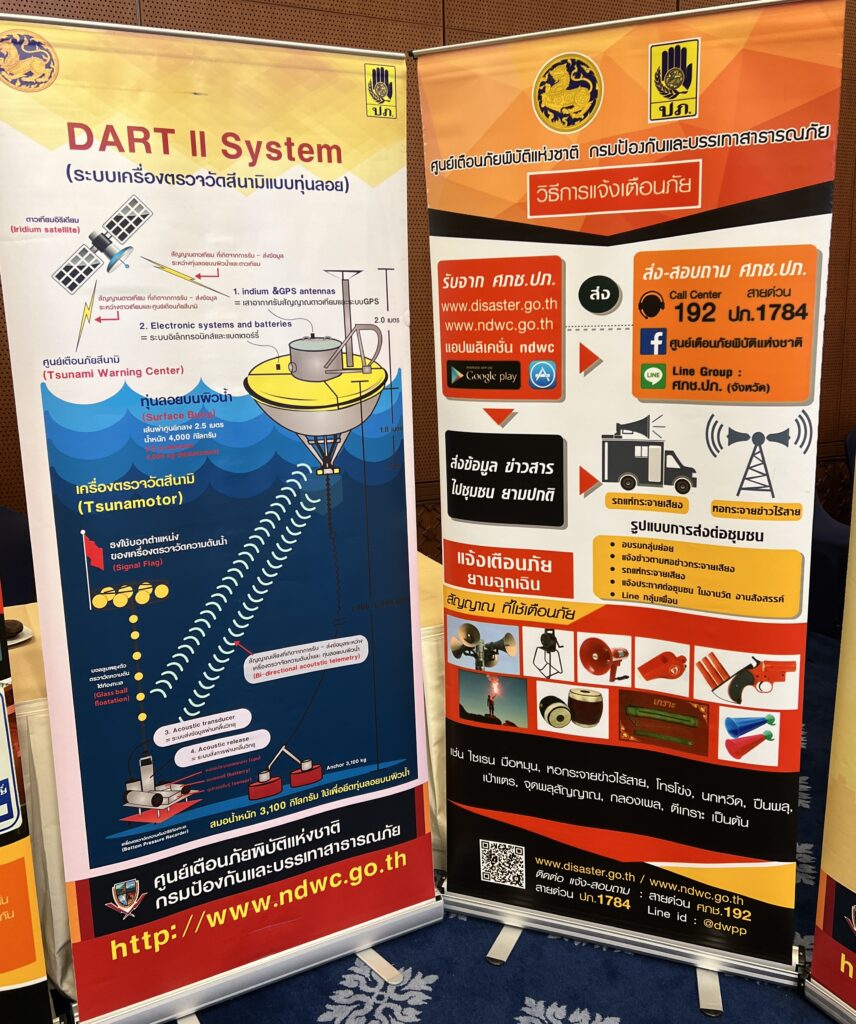

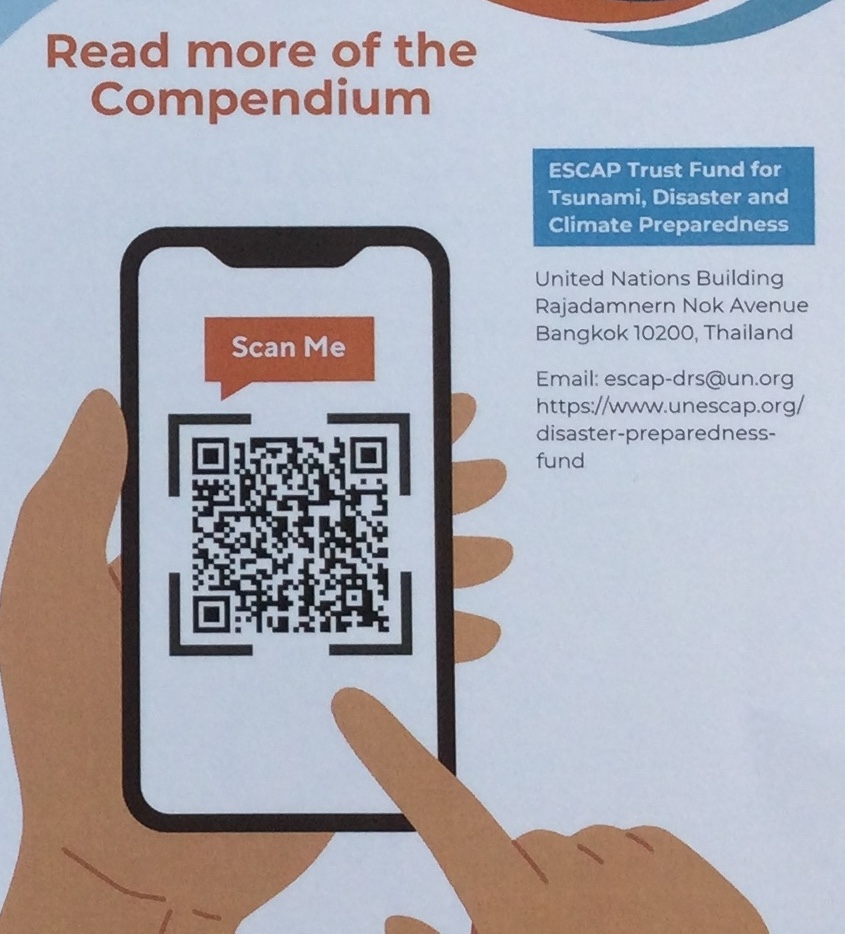
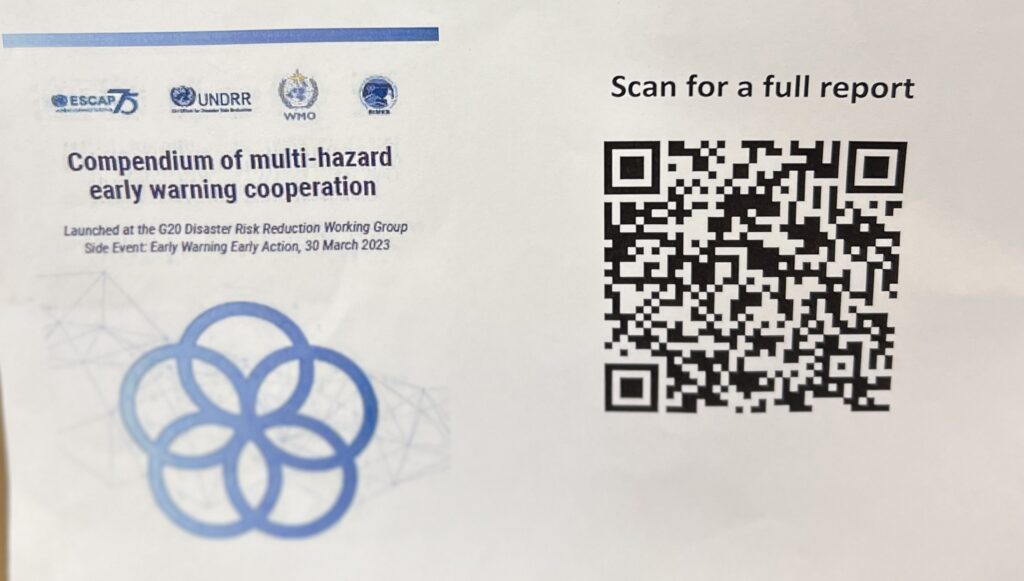


More links on my unmatched coverage of tsunami-related events over the years.
Marking 10 years since Indian Ocean tsunami, UN says world better prepared for natural disasters
Post-tsunami history lesson: How ancient wisdom helped save an Aceh village
NGOs Query Whether Post-Tsunami Rebuilding Has Been Sustainable
